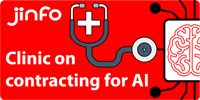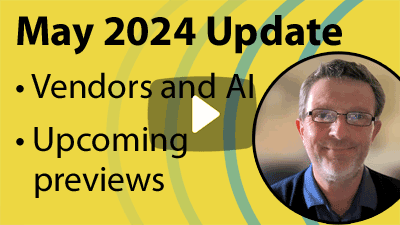 Digital Europe
Digital Europe
Jinfo Blog
5th September 2009
Item
In a series of official communications the Commission of the European union has laid down items of online policy over the last few days In its Communication 'Europeana - next steps' (COM (2009) 440) (http://digbig.com/5bageg) the Commission says it wants to see the EU-wide digital archive of books, maps, photographs, film clips and newspapers expand from its current 4.6 million items to 10 million by 2010. The Commission has also launched a public debate on the future challenges for book digitisation in Europe, covering issues such as public-private cooperation and copyright. Europeana gives direct access through a multilingual interface to a unique supply of more than 4.6 million digitised books, newspapers, film clips, maps, photographs and documents from Europe's libraries, archives, museums and audiovisual archives. This number is expected to grow rapidly over the coming years. The Commission has also issued COM (2009) 432 - a Communication entitled 'Final Evaluation of the eEurope 2005 Action Plan and of the multiannual programme (2003-2006) for the monitoring of eEurope 2005 Action Plan, dissemination of good practices and the improvement of network and information security (MODINIS)'. (http://digbig.com/5bageh ) This evaluation has identified five types of impact that the eEurope programme will have: ⢠a platform to exert influence ⢠a major initiator and driver of national IS-policy ⢠a reference point for national IS-policy ⢠a push factor for certain areas of IS ⢠an incentive to better coordinate national IS-policy The commission has also made recommendations on media literacy in the digital environment for a more competitive audiovisual and content industry and an inclusive knowledge society, which calls for action on the part of Member States and the media industry to help improve levels of media literacy across the EU, and thus to increase the ability of people to access the media, to understand and critically evaluate different aspects of the media and media content and to create communications in a variety of contexts. (http://digbig.com/5bagek)
What's new at Jinfo?
Community session
11th December 2024
2025 strategic planning; evaluating research reports; The Financial Times, news and AI
5th November 2024

How are information managers getting involved with AI? Navigating privacy, ethics, and intellectual property
- 2025 strategic planning; evaluating research reports; The Financial Times, news and AI
5th November 2024 - All recent Jinfo Subscription content
31st October 2024 - End-user training best practice research
24th October 2024
- Jinfo Community session (TBC) (Community) 23rd January 2025
- Clinic on contracting for AI (Community) 11th December 2024
- Discussing news and AI strategies with the Financial Times (Community) 21st November 2024
Learn more about the Jinfo Subscription

